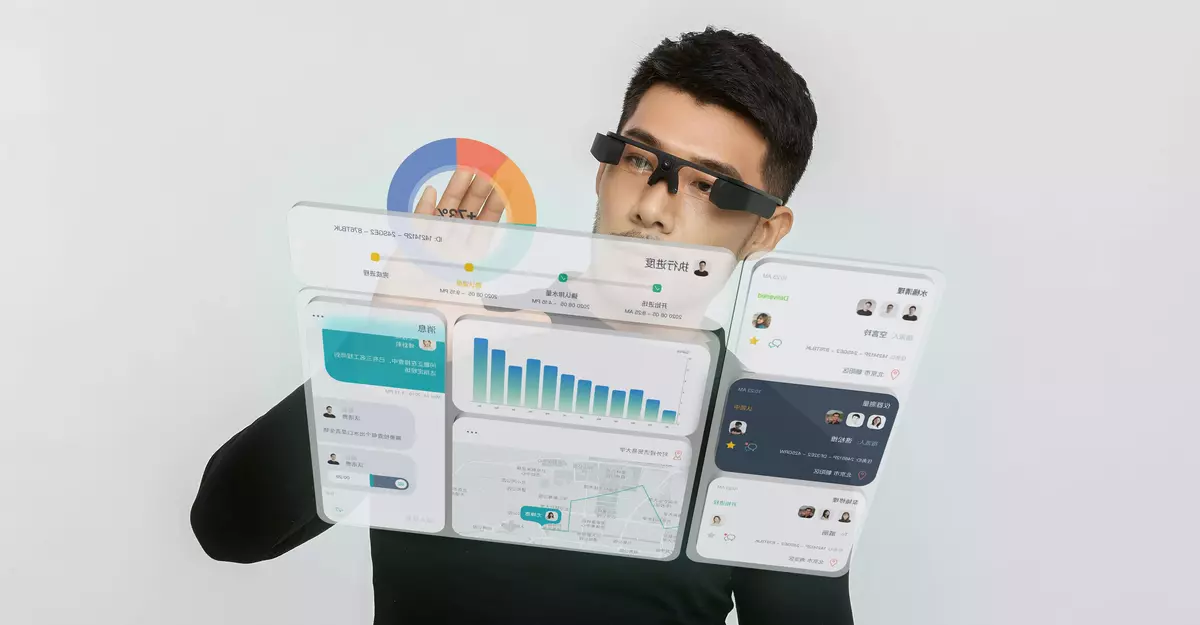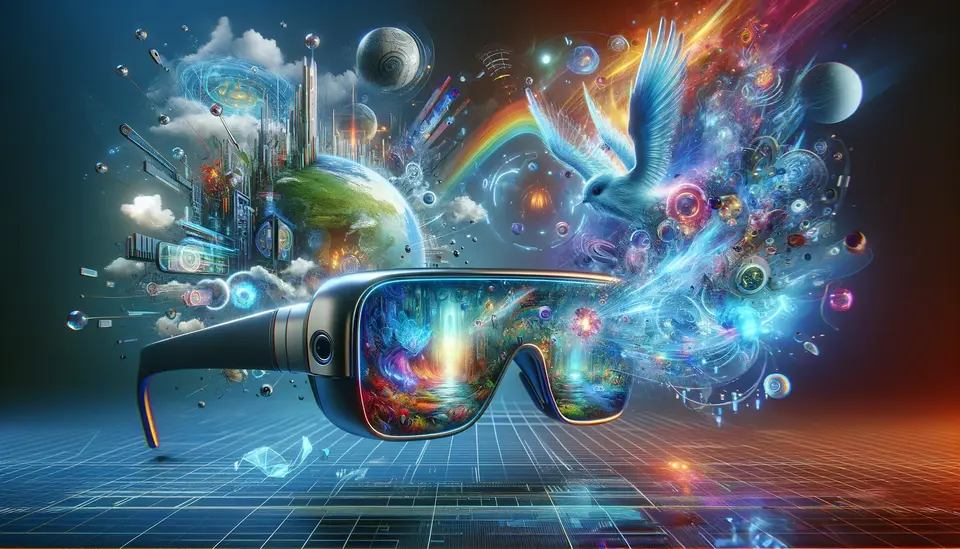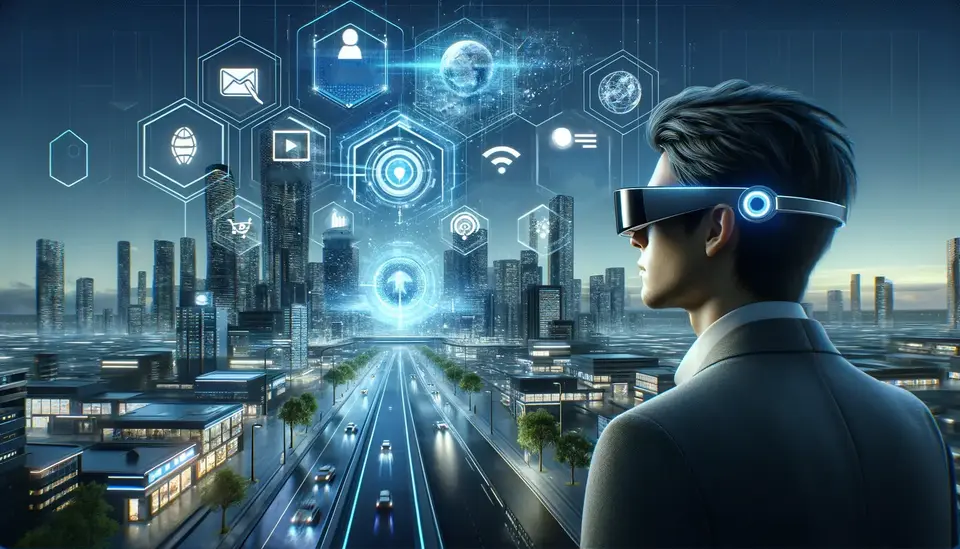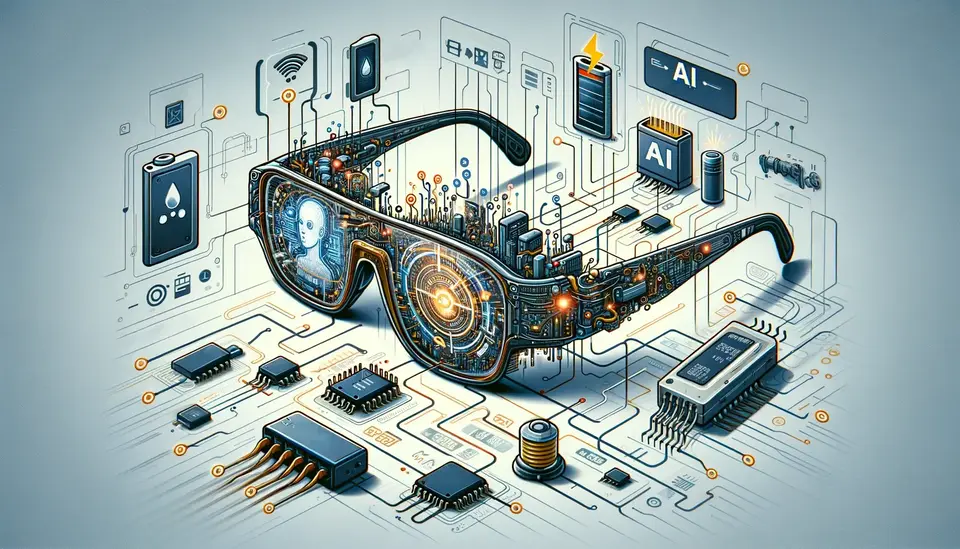15 Examples of the Use of Smart Glasses in Manufacturing
Posted on March 31, 2023 4 minutes 642 words
Table of contents
- 1. Remote assistance
- 2. Quality assurance
- 3. Real-time data visualization
- 4. Employee training
- 5. Virtual prototyping
- 6. Safety monitoring
- 7. Hands-free communication
- 8. Inventory management
- 9. Maintenance alerts
- 10. Assembly guidance
- 11. Task prioritization
- 12. Time tracking
- 13. Hazard identification
- 14. Ergonomics evaluation
- 15. Customized interfaces
- Conclusion
The integration of smart glasses into the manufacturing industry is revolutionizing the way we work, enhancing productivity, safety, and efficiency. In this blog post, we’ll dive into 15 real-world examples of smart glasses applications in manufacturing, along with notable case studies that showcase their incredible potential.
1. Remote assistance
Smart glasses enable remote experts to guide on-site workers in troubleshooting and repairing machinery. For example, Boeing uses smart glasses to provide remote assistance to its technicians, reducing response times and enhancing productivity.
2. Quality assurance
Smart glasses with AR technology assist workers in identifying defects in manufactured products. At BMW, smart glasses are utilized to identify paint defects on finished vehicles, ensuring consistent quality.
3. Real-time data visualization
Smart glasses allow workers to access crucial information, such as machine performance data, instructions, and schematics, directly on their display. Companies like GE have adopted smart glasses to help field service technicians access real-time data, improving decision-making and reducing errors.
4. Employee training
AR-based training modules delivered through smart glasses can accelerate the onboarding process for new employees. For instance, Honeywell has developed a training program using smart glasses, resulting in reduced training times and better knowledge retention.
5. Virtual prototyping
Smart glasses can visualize 3D models of products, allowing engineers to identify design flaws and make improvements. Ford Motor Company uses smart glasses to create virtual prototypes, reducing costs and accelerating the design process.
6. Safety monitoring
Smart glasses can monitor workers’ vital signs, alerting them of dangerous conditions. A case in point is the DAQRI Smart Helmet, which monitors workers’ body temperature and heart rate, ensuring safety in high-stress environments.
7. Hands-free communication
Smart glasses facilitate communication between workers and supervisors without manual intervention. The RealWear HMT-1, a ruggedized smart glasses device, allows workers to communicate and access information hands-free, improving productivity.
8. Inventory management
Smart glasses can help workers locate and track inventory items. DHL, a global logistics company, employs smart glasses to assist workers in identifying and retrieving packages, increasing overall efficiency.
9. Maintenance alerts
Smart glasses can provide real-time notifications of upcoming maintenance tasks. Schneider Electric utilizes smart glasses to give technicians real-time access to maintenance data and schedules, ensuring proper upkeep of equipment.
10. Assembly guidance
AR overlays can guide workers through complex assembly processes. Lockheed Martin uses smart glasses to assist technicians in assembling aerospace components, significantly reducing errors and assembly times.
11. Task prioritization
Workers can receive real-time updates on task priority through smart glasses. At AGCO, an agricultural machinery manufacturer, smart glasses help workers prioritize tasks and access assembly instructions, resulting in a more streamlined workflow.
12. Time tracking
Smart glasses can automatically track the time spent on tasks. Implementing smart glasses at Porsche allowed the company to track assembly times, helping managers identify bottlenecks and optimize workflow.
13. Hazard identification
Smart glasses can alert workers to potential hazards in their environment. Epson’s Moverio BT-350 ANSI Edition, designed for industrial applications, has built-in safety features that warn workers of hazardous conditions.
14. Ergonomics evaluation
By monitoring workers’ movements, smart glasses can identify ergonomic issues and suggest improvements. The Kinetic Reflex wearable, for example, analyzes workers’ movements and provides feedback to reduce the risk of injury.
15. Customized interfaces
Smart glasses can display relevant information for each worker based on their role. Ubimax’s Frontline solution, used by companies like Coca-Cola and Volkswagen, provides workers with customized interfaces tailored to their specific needs.
Conclusion
These real-world examples demonstrate the immense potential of smart glasses in transforming the manufacturing industry. As technology continues to evolve, the adoption of smart glasses is set to become more widespread, driving significant improvements in productivity, safety, and efficiency. By embracing this cutting-edge technology, manufacturers can stay ahead of the competition and ensure a more sustainable and profitable future for their businesses.








